Known for Photography Name Eliot Porter | Role Photographer Siblings Fairfield Porter | |
 | ||
Born December 6, 1901 ( 1901-12-06 ) Winnetka, Illinois, United States Notable work Color nature photographs Died November 2, 1990, Santa Fe, New Mexico, United States Education Harvard Medical School (1929), Harvard University Awards Guggenheim Fellowship for Creative Arts, US & Canada Books Nature's Chaos, Mexican Churches, Summer Island: Penobsc, Birds of North America, Down the Colorado Similar People Fairfield Porter, Ellen Auerbach, James Gleick, Peter Matthiessen, Ansel Adams | ||
Eliot Porter's Darkroom with Jim Bones by Tomas Haywood
Eliot Furness Porter (December 6, 1901 – November 2, 1990) was an American photographer best known for his color photographs of nature.
Contents
- Eliot Porters Darkroom with Jim Bones by Tomas Haywood
- Earth now american photographers and the environment jack loeffler eliot porter
- Early life
- Career
- Personal life
- References
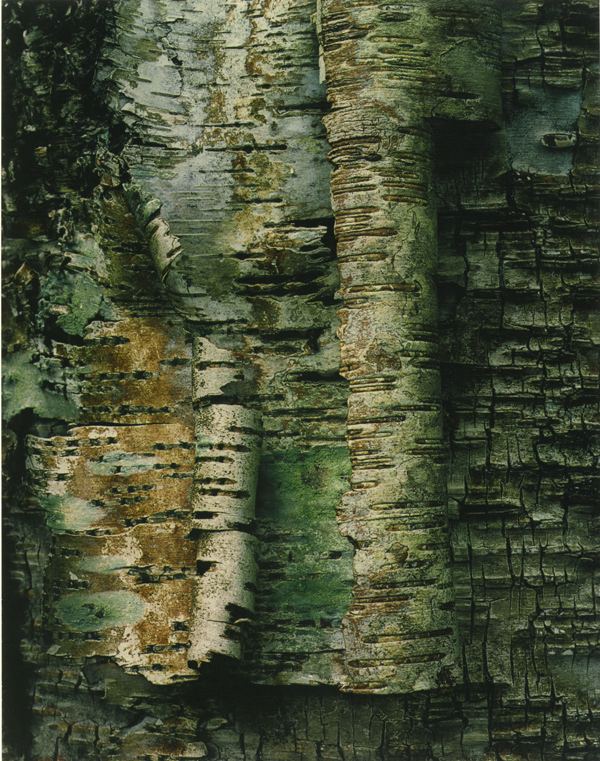
Earth now american photographers and the environment jack loeffler eliot porter
Early life
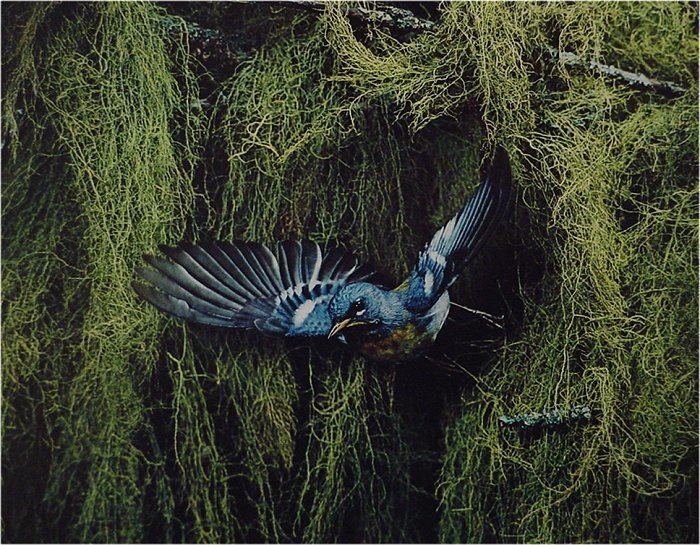
Porter credited his father, James Porter, with instilling in him a love for nature as well as a commitment to scientific rigor. An amateur photographer since childhood, Eliot Porter found early inspiration photographing the birds on Maine's Great Spruce Head Island owned by his family. Porter earned degrees in chemical engineering (A. B. 1924, Harvard College) and medicine (M.D. 1929, Harvard University), and worked as a biochemical researcher at Harvard. One of Eliot Porter's five siblings was the painter and art critic Fairfield Porter.
Career
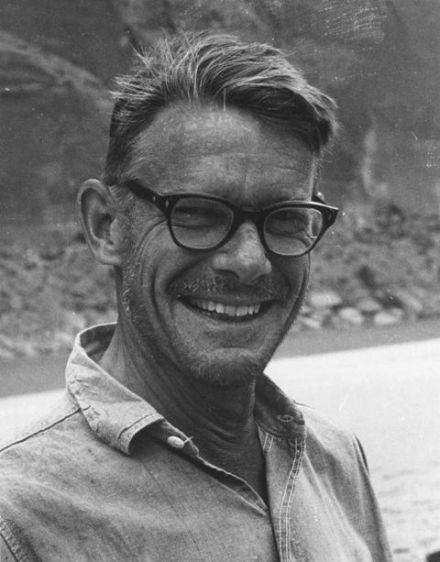
Fairfield Porter introduced his older brother to photographer and gallerist Alfred Stieglitz in about 1930. Stieglitz, after seeing Porter's work, encouraged Porter to work harder. Finally, in 1938, Stieglitz presented Porter's work, taken with a Linhof view camera, in his New York City gallery, An American Place. The exhibit's success prompted Porter to pursue photography full-time.
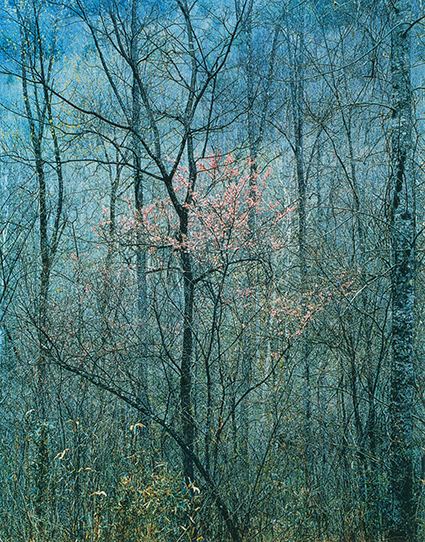
Porter became interested in color photography after a publisher rejected a proposal for a book on birds because black and white images wouldn't clearly differentiate the species. Porter began working with a new color film, Kodachrome, introduced in 1935, but it presented considerable technical challenges, especially for capturing fast-moving birds. Drawing on his chemical engineering and research background Porter experimented extensively until he was able to produce satisfactory images. His book American Birds: 10 Photographs in Color was published in 1953.
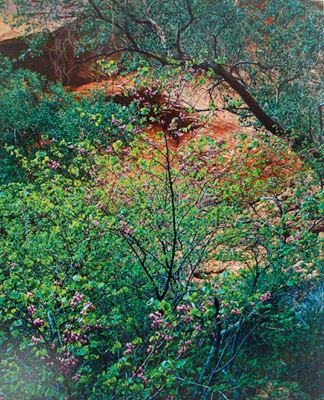
For twenty years, Porter pursued a project to publish nature photographs combined with quotes from works by Henry David Thoreau. Not until an associate introduced him to the executive director of the Sierra Club did Porter find a willing publisher. His 1962 book, In Wildness Is the Preservation of the World featured Porter's color nature studies of the New England woods. The book increased his reputation, and Porter served as a director of the Sierra Club from 1965 to 1971. He was elected a Fellow of the American Academy of Arts and Sciences in 1971.
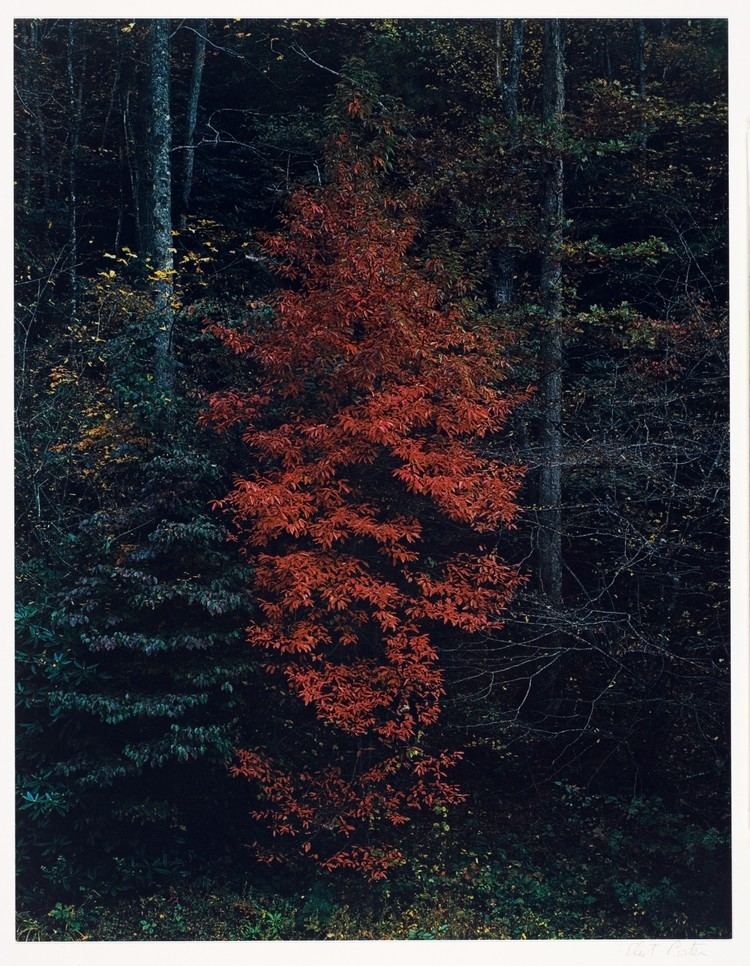
Porter traveled extensively to photograph ecologically important and culturally significant places. He published books of photographs from Glen Canyon in Utah, Maine, Baja California, Galápagos Islands, Antarctica, East Africa, and Iceland. His cultural studies included Mexico, Egypt, China, Czechoslovakia, and ancient Greek sites. His book on Glen Canyon, The Place No One Knew, memorialized the canyon's appearance before its inundation by the Lake Powell reservoir.
James Gleick’s book Chaos: Making a New Science (1987) caused Porter to reexamine his work in the context of chaos theory. They collaborated on a project published in 1990 as Nature's Chaos, which combined his photographs with a new essay by Gleick. Porter died in Santa Fe, New Mexico in 1990 and bequeathed his personal archive to the Amon Carter Museum of American Art in Fort Worth, Texas.
Personal life
Porter was also a friend of modernist painter Georgia O'Keeffe, who accompanied him on several camping expeditions including a rough raft trip down the Colorado River in 1961.
Eliot Porter's brother, Fairfield Porter, was a realist painter and art critic. His brother-in-law, Michael W. Straus, was a commissioner of the United States Bureau of Reclamation.
